In the ever-evolving landscape of electric vehicles and autonomous technology, Xiaopeng Motors has emerged as a formidable player, boldly positioning itself as a competitor not just in the realm of EVs but also in the advanced driver-assistance systems (ADAS) arena. Unlike some of its peers who aspire to emulate the success of Apple, Xiaopeng has been engaged in a more direct, hands-on battle with Tesla, the industry giant.
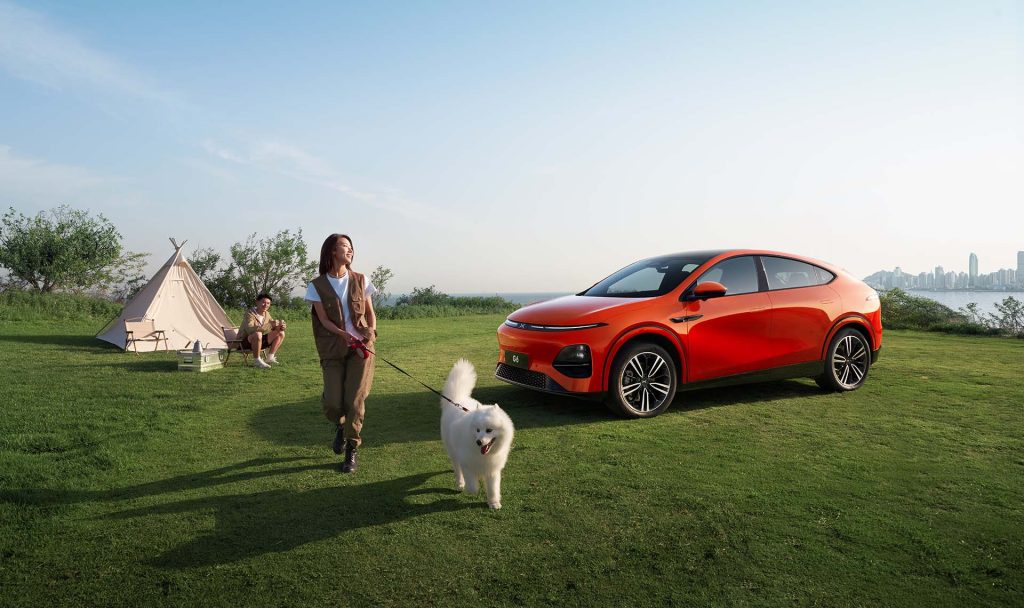
At the heart of Xiaopeng’s strategy lies its early adoption of Tesla’s intelligent technology framework, which has since blossomed into a robust R&D system tailored to meet the unique needs of the Chinese market. This commitment to innovation is evident in the recent Beta release of its Navigated Guided Pilot (NGP) – an ADAS feature that goes head-to-head with Tesla’s Navigate on Autopilot (NoA).
The NGP Beta version, which Xiaopeng Motors recently opened up for extensive test drives to media, analysts, and investors, is poised to revolutionize the autonomous driving experience. According to insiders, this Beta iteration is astonishingly close to its final production form, with plans to roll it out to customers just in time for the Spring Festival holidays. “Xiaopeng’s CEO, He Xiaopeng, is determined to ensure customers can embark on their festive journeys with NGP at the wheel,” a source revealed.
Functionally, NGP mirrors Tesla’s NoA in its ability to navigate from point A to point B with minimal driver intervention. However, where NGP truly shines is in its comprehensive product design and attention to detail. For instance, new users are required to watch a mandatory 4-minute tutorial video and pass a quiz before accessing NGP, a move that underscores the importance of user awareness and responsibility despite the system’s advanced capabilities.
During a 90-kilometer highway test drive arranged by 36Kr, NGP demonstrated remarkable maturity and precision. Its UI, enriched with high-definition map data, painted a vivid picture of the road ahead, accurately identifying various traffic elements such as overpasses, cones, and vehicles of varying sizes.
In comparison to Tesla’s NoA, NGP exhibited a more conservative yet reliable lane-changing behavior, enhancing passenger confidence. The system smoothly navigated through complex maneuvers like switching highways, tackling steep curves, and executing seamless entries and exits onto ramps. Particularly noteworthy was NGP’s adept handling of ramp entries, leveraging high-precision mapping and GPS/RTK positioning to execute lane-level maneuvers with clarity and precision.
Contrastingly, Tesla’s NoA, heavily reliant on visual perception and real-time localization without high-definition map support, sometimes struggled with ramp transitions, resulting in abrupt steering corrections and “snaking” behavior. Additionally, NGP’s adaptability to varying speed limits on Chinese roads was a standout feature, while NoA adhered rigidly to a universal 40 km/h speed limit within ramps, causing inconvenience and potential safety hazards.
Despite these achievements, Xiaopeng Motors recognizes room for improvement, particularly in high-traffic scenarios where Tesla’s advanced algorithms have demonstrated a more proactive and human-like ability to navigate. Nonetheless, NGP’s robust performance, coupled with Xiaopeng’s relentless OTA updates (having undergone 12 major and 91 minor iterations since October), underscores the company’s commitment to delivering a competitive and constantly evolving autonomous driving experience.
In conclusion, Xiaopeng Motors’ NGP Beta release marks a significant milestone in the race towards fully autonomous driving. With its meticulous product design, robust performance, and clear user interface, NGP stands as a formidable contender to Tesla’s NoA, showcasing Xiaopeng’s determination to lead the charge into the future of automotive technology.

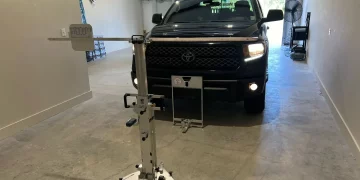

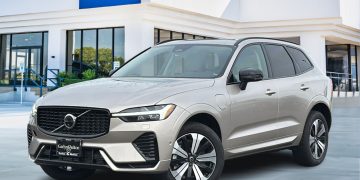


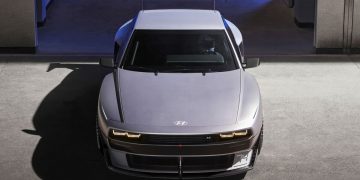

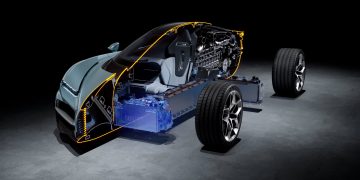
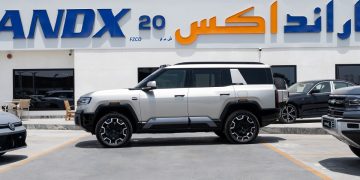

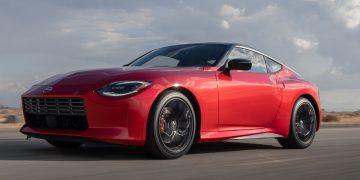

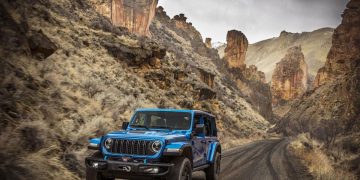


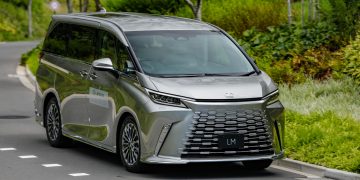


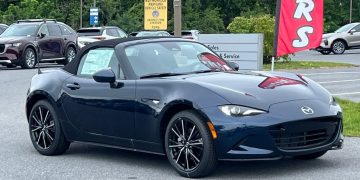
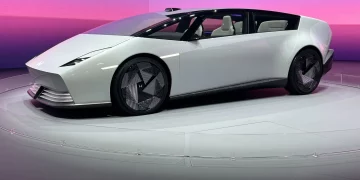
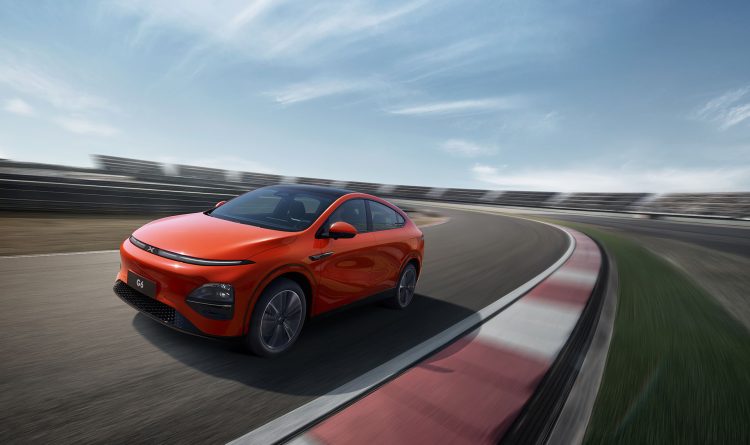












Discussion about this post